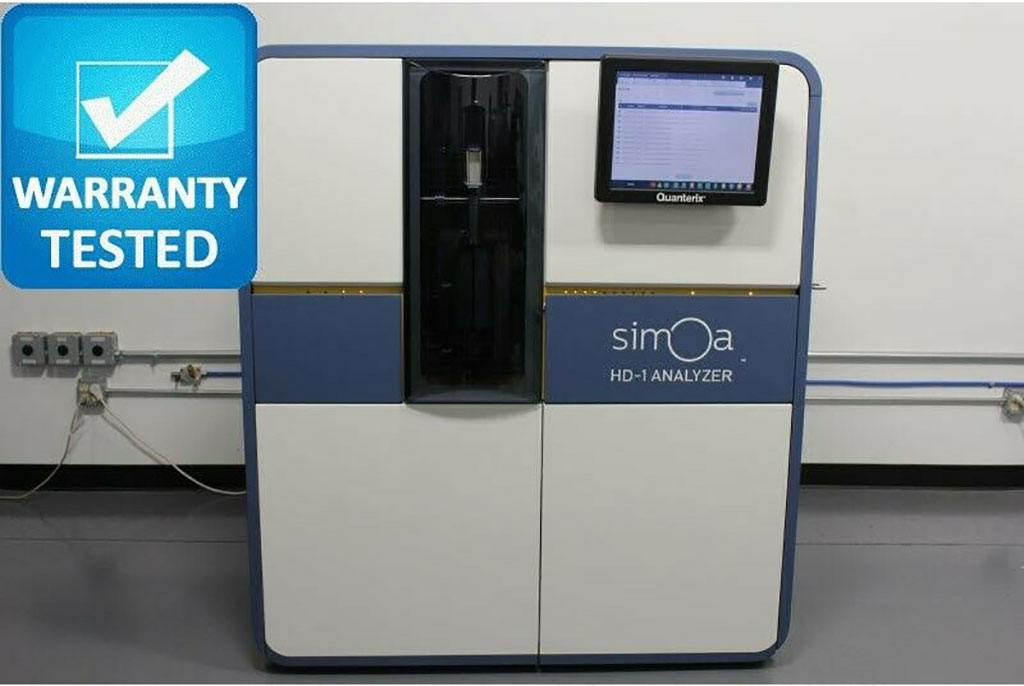Blood Biomarkers May Distinguish Dementia Disorders
Posted on 09 Feb 2022
Clinical diagnostics and clinical trials will benefit from scalable non-invasive biomarkers moving beyond positron emission tomography (PET) imaging and cerebrospinal fluid (CSF) analysis to blood based assays.
Technological advances now allow measurement of such multiple biomarkers in blood plasma with great potential for the development of blood biomarkers for diagnosis and tracking of Alzheimer’s disease (AD) and other neurodegenerative diseases.

A team of clinical scientists specializing in Neuroscience and led by those at the University of Cambridge School of Clinical Medicine (Cambridge, UK) measured plasma biomarkers of 63 people with amyloid-positive mild cognitive impairment or Alzheimer's dementia (MCI+AD), 117 people with Lewy body dementia (LBD), 28 people with frontotemporal dementia (FTD), 19 people with progressive supranuclear palsy (PSP), and 73 dementia-free controls in cohorts recruited from UK National Health Service memory clinics. People with Lewy body dementia had known PET amyloid status.
Plasma phosphorylated tau at threonine-181 (p-tau181), amyloid beta (Αβ)42, Aβ40, neurofilament light (NfL) and glial fibrillar acidic protein (GFAP) were measured using highly a sensitive single molecule immunoassays on the Simoa HD-1 platform (Quanterix, Billerica, MA, USA) in the multicenter cohort. The plasma assays measured were the Quanterix Simoa Human Neurology 4-Plex E assay (measuring Aβ40, Aβ42, GFAP and NfL) and the Quanterix Simoa p-tau181 measuring p-tau181 of the human tau protein.
The investigators reported that P-tau181 was elevated in MCI+AD compared with all other groups. Aβ42/40 was lower in MCI+AD compared with controls and FTD. NfL was elevated in all dementias compared with controls while GFAP was elevated in MCI+AD and LBD. Plasma biomarkers could classify between MCI+AD and controls, FTD and PSP with high accuracy but showed limited ability in differentiating MCI+AD from LBD. No differences were detected in the levels of plasma biomarkers when comparing PET-Aβ positive and negative LBD. P-tau181, NfL and GFAP were associated with baseline and longitudinal cognitive decline in a disease specific pattern.
The authors concluded their large study shows the role of plasma biomarkers in differentiating patients with different dementias, and at monitoring longitudinal change. They confirmed that p-tau181 is elevated in MCI+AD, versus controls, FTD and PSP, but is less accurate in the classification between MCI+AD and LBD or detecting amyloid brain pathology in LBD. NfL was elevated in all dementia groups, while GFAP was elevated in MCI+AD and LBD. The study was published on January 25, 2022 in the Journal of Neurology, Neurosurgery, and Psychiatry.
Related Links:
University of Cambridge School of Clinical Medicine
Quanterix













